V38 Dry perennial anthropogenic herbaceous vegetation
Stands dominated by perennial herbaceous plants, frequently ruderals, developing on dry abandoned urban or agricultural land, on land that has been reclaimed, on transport networks, or on land used for waste disposal. These stands often replace annual anthropogenic herbaceous vegetation in the course of secondary succession.
Chytrý M., Tichý L., Hennekens S.M., Knollová I., Janssen J.A.M., Rodwell J.S. … Schaminée J.H.J. (2020) EUNIS Habitat Classification: expert system, characteristic species combinations and distribution maps of European habitats. Applied Vegetation Science 23: 648–675. https://doi.org/10.1111/avsc.12519
Version 2025-10-03, https://doi.org/10.5281/zenodo.16895007.
For the official presentation of the EUNIS Habitat Classification from the European Environment Agency, please see: EUNIS Terrestrial Habitat Classification 2021. The FloraVeg.EU presentation may show modifications and partial updates to the habitat classification.
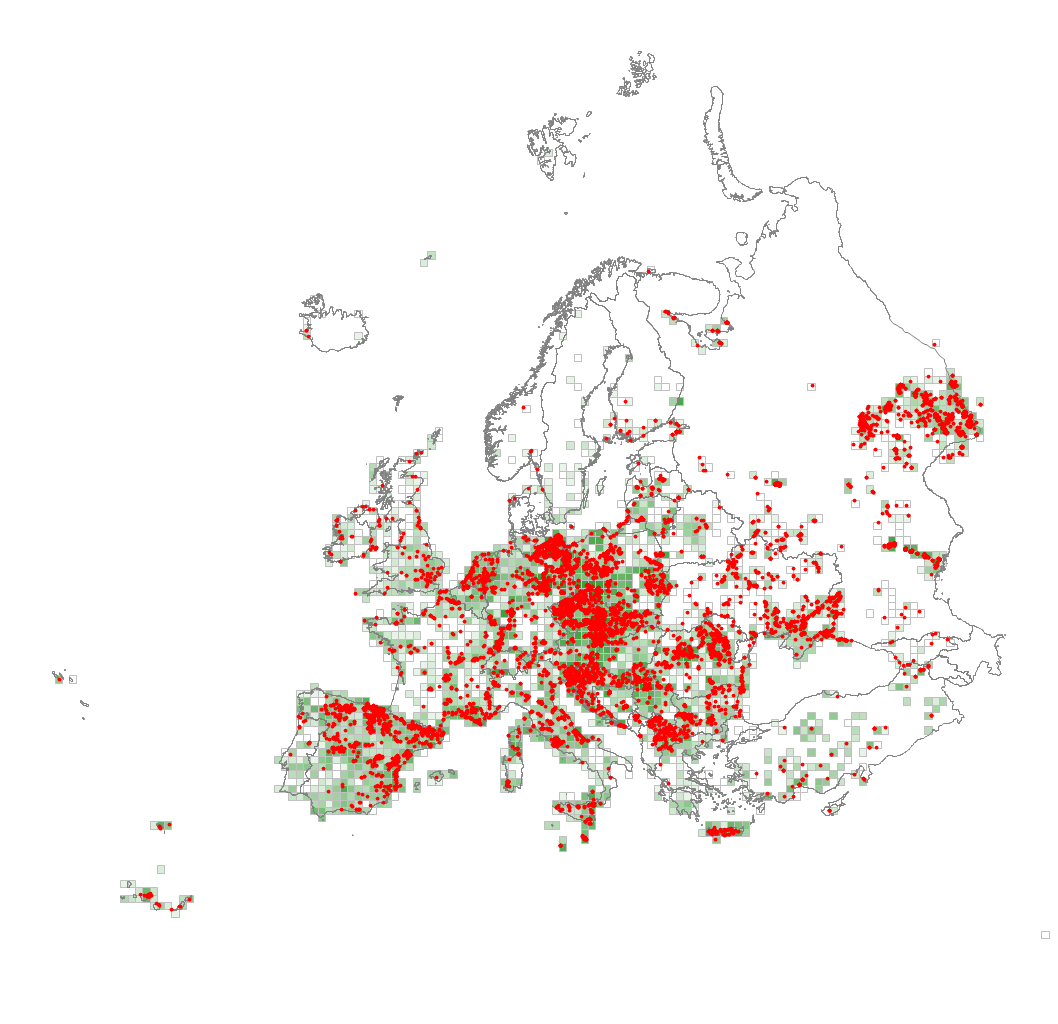
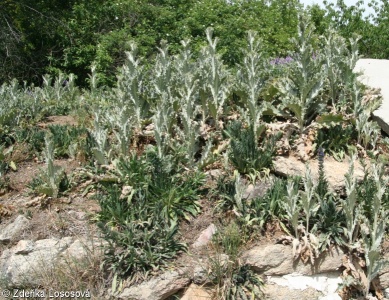
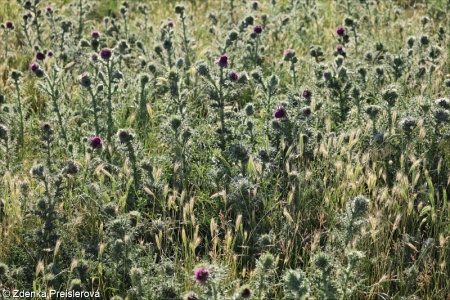
1.jpg)
2.jpg)
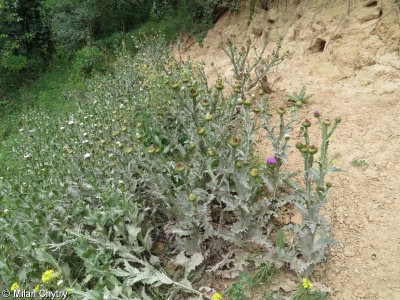
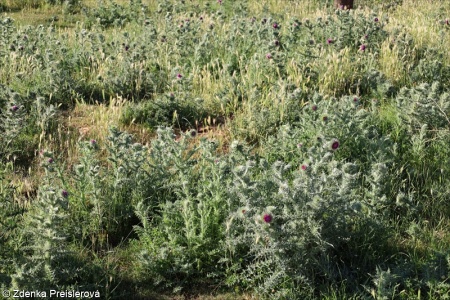
4.jpg)
5.jpg)
6.jpg)